Theory and practice of a swept wing
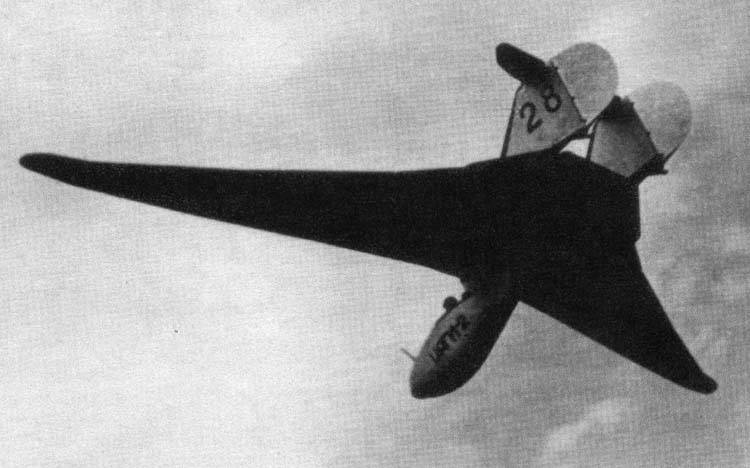
Since the mid-thirties of the XX century. scientists and designers from different countries are studying the theme of the reverse swept wing. Studies have shown that such an aircraft architecture has a number of important advantages over traditional schemes and is of particular practical interest. However, it was not widely used and could not supplant other designs. In addition, such a technical solution has shown itself well only in certain areas.
Direct or negative
Since the middle of the last century, most aircraft of all major classes have been equipped with a forward-swept wing. Such a scheme makes it possible to reduce the frontal and wave resistance, as well as to reduce the aerodynamic loads on the structure. All this contributes to an increase in flight speed, improves maneuverability and other parameters.
However, the swept wing has disadvantages due to the fact that part of the air flow moves along the plane. So, in certain flight modes, depending on the achieved angle of attack, the so-called. end effect. The flow moving along the plane begins to break away from the tip and creates vortices that reduce the overall lift, impair stability and interfere with the operation of the ailerons, which spoils the controllability.
In the thirties, Soviet and foreign scientists and designers proposed an original way to solve the problems of a swept wing - a reverse swept wing (KOS). It was proposed to change the location of the leading edge so that the tips were in the flow ahead of the root of the wing.
On such a wing, the longitudinal component of the flow moves not to the tip, but to the center section, after which it leaves along the fuselage. Due to this, the end effect occurs only at high angles of attack, and it does not interfere with the operation of the ailerons. An increase in swept back and the correct selection of wing geometry can enhance these effects. All this leads to an improvement in maneuverability and provides new opportunities for a constructive nature.
However, KOS is not without serious shortcomings. The specifics of the flow around leads to special loads and there is a so-called. elastic positive divergence. The flow with great force twists the plane around its longitudinal axis, due to which there is a risk of damage or destruction of the structure. There are special requirements for the materials and construction technologies used.
Early experiments
The first aircraft with KOS is considered to be the Soviet glider BP-2 or TsAGI-2 designed by V.P. Belyaev, built in 1934. This device showed good aerodynamic characteristics and generally confirmed the fundamental possibility of creating and using SOS. Later, Belyaev built and tested new experimental gliders.
A few years later, a DB-LK bomber was built according to his project. The twin-fuselage twin-engine machine had signs of a "flying wing" and tapering in terms of the reverse sweep plane. On trials in 1939-40. the aircraft showed good flight characteristics, but was characterized by reduced stability.
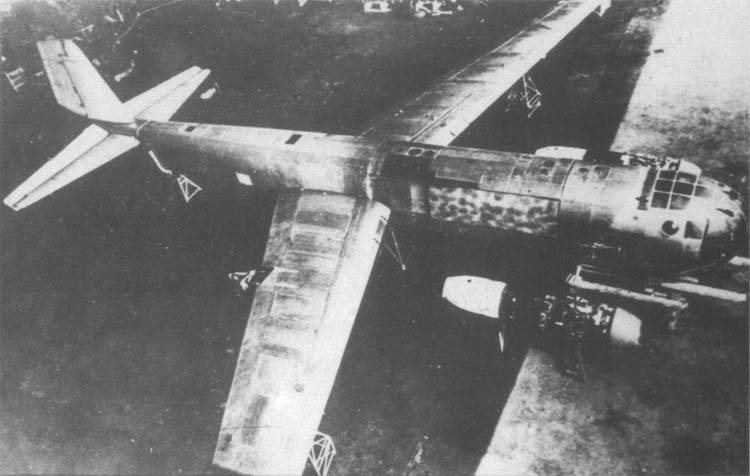
In the thirties, the theme of KOS was also taken up abroad. For example, several experienced gliders were built and tested in Poland, but the Second World War prevented the further development of the direction. Already during the war, Germany began to develop this topic. In February 1944, German aircraft manufacturers took to the air an experimental Ju-287 aircraft with a sweep of -23 ° along the leading edge. The estimated speed of such a machine exceeded 800 km / h, but the twisting of the wing forced the tests to be stopped before it was reached.
After the war, this project was developed. German specialists in the Soviet OKB-1 developed an experimental aircraft EF-131 of a similar design. Taking into account the experience of previous tests, it was decided to reduce the sweep. However, the load problem has not disappeared. The project was considered unsuccessful and closed.
First successes
However, in early stories KOS had some successes. So, back in 1936, the Lysander multi-purpose aircraft, developed by the British company Westland, made its first flight. It was a high-wing strut with a broken wing leading edge. The root part of the planes had a noticeable negative sweep, the consoles had a smaller one. The machine was driven by two pilots, she carried machine guns and small-caliber bombs.
"Lysander" showed high flight performance and entered service with the KVVS. The production of such machines started in 1938 and continued until 1942. Nearly 1700 aircraft were built. As a result, Lysander became the first mass-produced and most massive KOS aircraft in history.
In the late forties, the theme of KOS was developed in the USSR, and in 1950 an experimental short-haul aircraft Il-14 took off. Its characteristic feature was a wing with a sweep of -3 ° along the leading edge; on the center section were the engine nacelles. This technical solution improved aerodynamics and increased performance in all major modes.
IL-14 turned out to be a successful machine, went into a large series and was massively operated on different lines. For our own needs and for export, our country has built almost 1350 such aircraft.
In 1966, the HFB-320 Hansa Jet multi-purpose aircraft from the German company Hamburger Flugzeugbau entered service. The machine with a maximum takeoff weight of more than 9,2 tons received a tapering wing with a sweep of -15 °, advanced mechanization and fuel tanks at the tips. The aircraft developed a speed of 825 km / h and showed high takeoff and landing characteristics. The crew consisted of two pilots; the passenger cabin accommodated up to 12-15 people.
Sufficiently high performance interested several customers, and the HFB-320 went into series. 47 cars were built. At first, the aircraft was used only on passenger lines, but then the Bundeswehr became interested in it. On a successful platform, a jamming aircraft was completed.
It should be noted that since the 13s and 700s, the CBS theme has gained popularity among foreign manufacturers of sports gliders. For several decades, a number of such projects have been developed, and some have reached a large series. So, the most massive in its class was the West German glider of the mid-sixties Schleicher ASK XNUMX, built by a series of approx. XNUMX units
Military experiences
After the success of the civil aircraft industry, research was resumed on the topic of SOS for combat aviation. The first project of the "new generation" was created by the American company Grumman in cooperation with the DARPA agency. The purpose of the program with the index X-29 was to develop the design of an aircraft of an unusual design, built using modern technologies and components.
The X-29 was built with extensive use of composite materials to meet design loads. The glider received a front horizontal tail and a wing with a sweep of -30 °. Another innovation was tested in the field of on-board equipment. The aircraft was equipped with a fly-by-wire control system with three control computers. All this made it possible to make the machine statically unstable and to fully test the maneuvering potential of the KOS.
Flight tests of the X-29 began in 1984, two prototypes were used. In general, the design characteristics and capabilities were confirmed. In addition, composites and computerized EDSU showed their best performance. However, the X-29 project was considered unsuccessful. He not only demonstrated all the advantages of an unusual wing, but also revealed a number of its shortcomings. Further development was considered meaningless.
Since the beginning of the eighties, a similar project has been created in the USSR / Russia. The Sukhoi Design Bureau developed and brought to testing an experimental S-37 or Su-47 aircraft, also known as the Berkut. The first flight of this machine took place in 1997, and the next few years were spent on experiments.
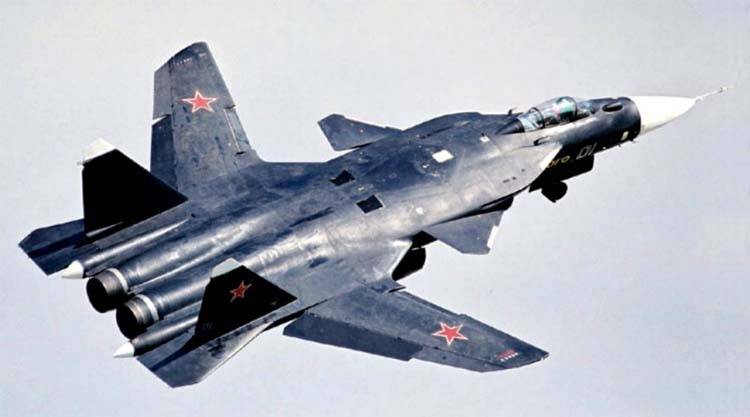
The aircraft was made according to the "integral longitudinal triplane" scheme with front horizontal tail and tail stabilizers. The wing had a composite structure and a trapezoidal shape. The influx of the wing had a positive sweep of 75 °, then the transitional part followed, and the leading edge of the console had a sweep of -20 °. A computerized EDSU with multiple redundancy and a spare hydraulic system was used.
According to known data, S-37 confirmed all preliminary estimates. He showed the high potential and capabilities of the KOS and new control systems, however, he pointed out the presence of characteristic aerodynamic difficulties. In this regard, at the beginning of the 47s, work on KOS was curtailed. At the same time, the built Su-XNUMX remained in service - it was used as a flying laboratory for the promising PAK DA program.
As an interesting example of the military use of KOS, one should recall the American AGM-129 ACM air-launched cruise missile, which was in service in 1990-2012. It was built in a characteristically shaped hull and had a folding forward-swept wing.
It is curious that in this case the KOS was not used to improve aerodynamics and flight data, but as an element of stealth technology. When illuminated from the front or from below, the straight or swept leading edge reflects the radar signal forward or to the side, which increases the RCS of the aircraft. KOS, in turn, reflects the signal to the fuselage, which does not allow him to return to the radar.
For individual destinations
Thus, in the course of numerous studies and tests of real aircraft, the reverse-swept wing confirmed all its calculated capabilities and advantages. In addition, it showed that there are some limitations and problems that need to be taken into account when developing new projects.
It should be noted that only individual samples of aircraft with KOS reached mass production, and all of them belong to several classes. These are gliders or light aircraft, as well as civilian liners. Despite all the efforts of the designers, supersonic supermaneuverable fighters with KOS have not yet progressed beyond testing.
The reasons for this are quite simple. Gliders or passenger aircraft make it possible to realize the main advantages of SOS and improve flight performance without overcomplicating the design. The creation of a maneuverable fighter, in turn, requires new materials and technologies that will allow it to withstand all the specific loads. As practice has shown, even computers and composites do not allow solving all such problems and guaranteeing safe operation and combat use.
It is likely that in the future the direction of KOS will continue to develop. Experiments will be carried out in different countries, and new models of equipment will be created. However, one should not expect rapid progress in this area. In addition, most likely, the application of this scheme will be limited to light and passenger aviation, incl. non-motorized. Combat aviation, in turn, will continue to use proven and proven concepts.

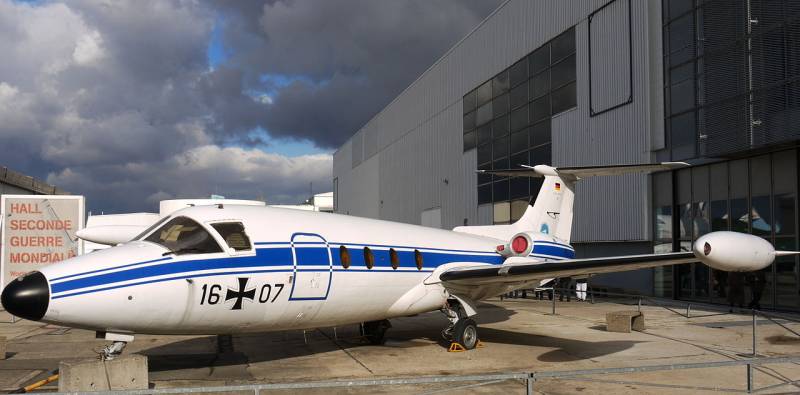
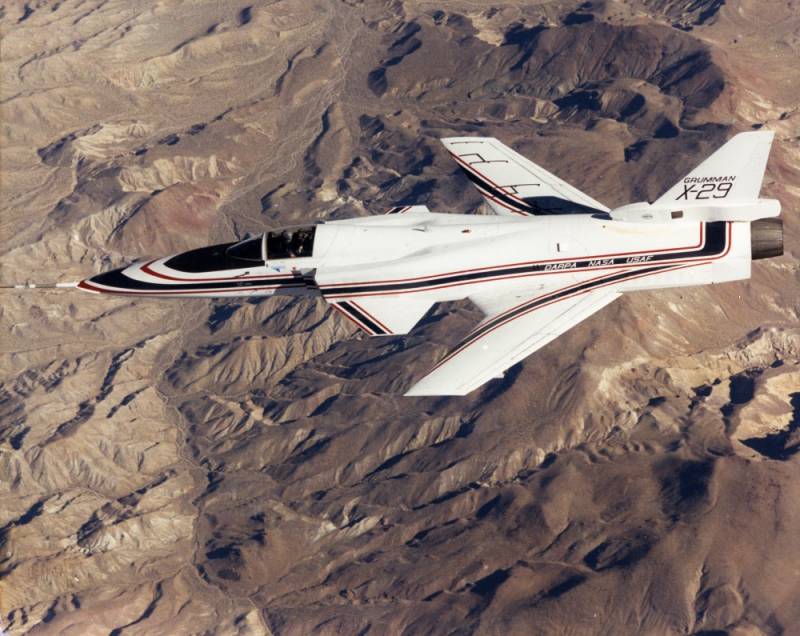
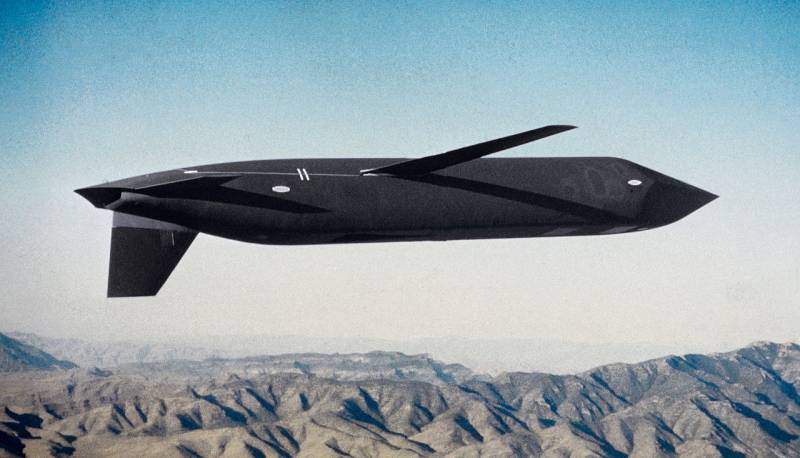
Information